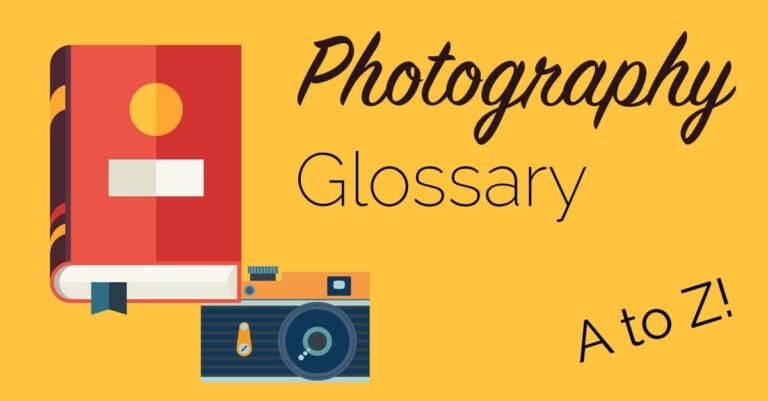KB
What Does KB Mean When Talking About Photography? The acronym ‘KB’ refers to one ‘kilobyte’, a unit of measurement used to describe the size of a digital file. One kilobyte is comprised of 1,024 bytes of digital information. When a picture is captured on a digital camera the resulting file must be stored on the cameras memory; Depending of the resolution of the captured image, and the file format used to encode it, an image will take up a certain number of kilobytes on the cameras memory. Dividing the total size of a camera’s memory in kilobytes by the size …

